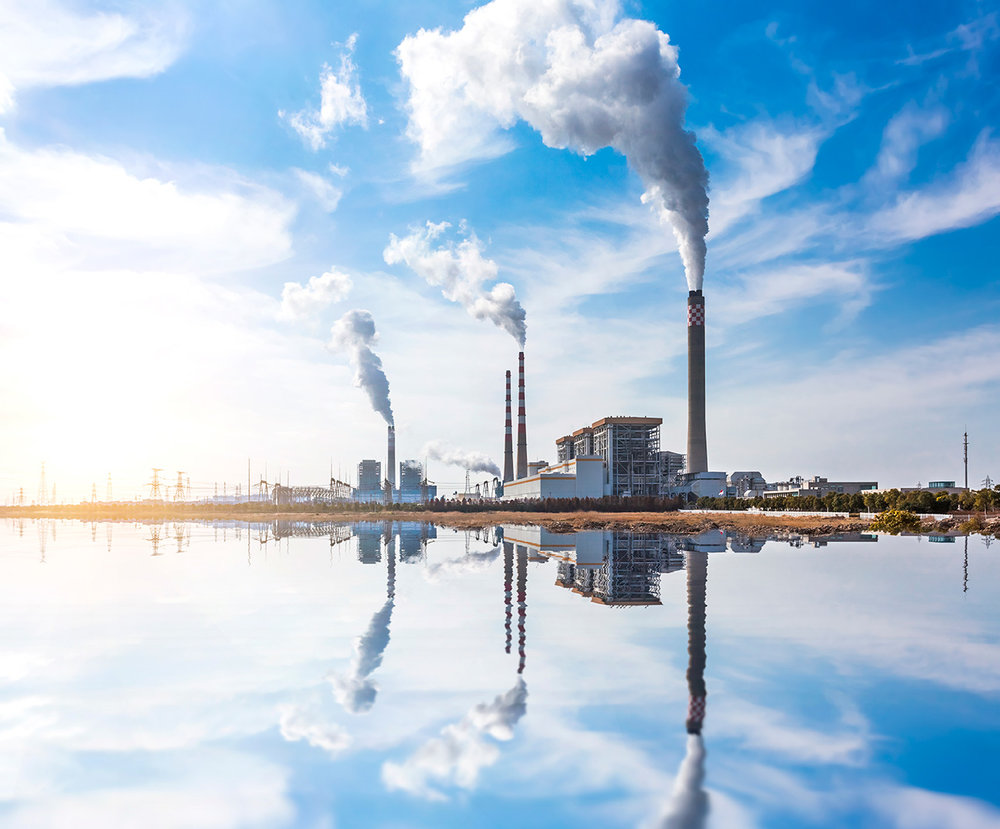Multi-Sector Air Pollutants Regulations
The primary purpose of the Multi-Sector Air Pollutants Regulations (the Regulations), made under the authority of the Canadian Environmental Protection Act, 1999, is to protect the environment and health of Canadians by setting mandatory, nationally consistent air pollutant emission standards for nitrogen oxides (NOx) and sulphur dioxide (SO2) from regulated industrial sectors such as boilers, heaters and stationary spark-ignition engines.
Call ORTECH today to determine if you are impacted by this regulation.
What are the key elements of these regulations?
The Regulations include mandatory performance standard requirements for:
NOX emissions from large boilers and heaters that burn gaseous fossil fuels, such as natural gas, and which are used in several industrial sectors
NOX emissions from stationary spark-ignition engines that burn gaseous fuels, such as natural gas, and which are used by several industrial sectors
NOX and SO2 emissions from cement manufacturing facilities
Does this Regulation apply to me?
Businesses most affected by the Regulations are those that:
Own or operate large new and existing boilers and heaters that burn gaseous fossil fuels, such as natural gas, at facilities in eleven industrial sectors (alumina and aluminum; base metal smelting; cement; chemicals and fertilizers; electricity; iron ore pellets; iron, steel and ilmenite; oil sands; potash; pulp and paper; and oil and gas).
Ongoing emission testing and reporting will be required for the larger boilers and heaters (>105 GJ/hr). There is a transitional period of up to three years to ease financial impacts during which some equipment will be required to meet NOX emission intensity limits that are less stringent than equipment that is installed after the transitional period.Own or operate new and existing stationary engines at facilities in the oil and gas sector (defined in the Regulations as the upstream oil and gas and the natural gas transmission pipeline sectors, and related underground storage facilities in those two sectors); or that own or operate new engines in eleven other industrial sectors (alumina and aluminum; base metal smelting; cement; chemicals and fertilizers; electricity; iron ore pellets; iron, steel and ilmenite; oil sands; potash; pulp and paper; and petroleum refineries).
Compliance with the NOX requirements for existing engines can be achieved on a per engine basis or based on the average of the annual emissions of all of a company’s engines. Engine registration and ongoing emission testing and reporting will be required;Own or operate new and existing cement manufacturing facilities that must continuously monitor the release of NOX and SO2 and meet emission intensity standards.
How can ORTECH help?
Boilers and heaters put into service after the Regulations come into force are subject to an emission limit for NOX. All existing boilers and heaters whose NOx emission intensity exceeds 70 g/GJ have an obligation that is phased in over the initial 20 years. All owners or operators of existing boilers and heaters must send Environment and Climate Change Canada, within the first 18 months of the Regulations coming into effect, a report that classifies their existing equipment.
ORTECH can;
determine if your equipment meets or exceeds the emissions standards.
use Source Testing to confirm emission levels of NOx and SOx,determine the classification of boilers and heaters above a threshold capacity of 10.5 GJ/hr (10 MMBTU/hr),
determine implications of classifications,
provide options for reducing emission levels related to the regulation.
Find out if you are affected by the new MSAPR by contacting us at info@ortech.ca.
To learn more, contact:







